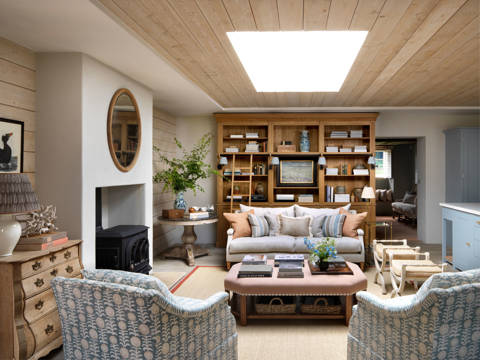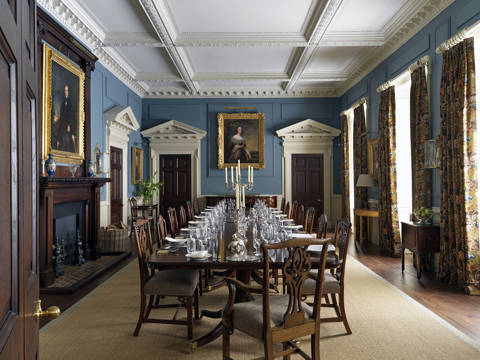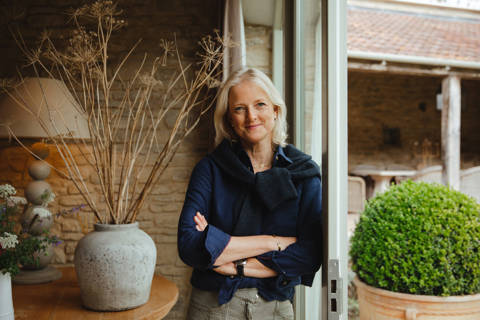Hello there content editor 👋
Welcome to the Sims Hilditch Component Guide
Welcome to the handy guide to all of the panels and blocks that are available on the Sims Hilditch website 🧱
When constructing a new page, a number of different reusable panel types are available for use...
- Content Panel
Providing a single or double-column block layout. - Tabbed Content Panel
As per Content Panel but with added tabs.
Content Panel
The Content Panel is the most commonly used panel, allowing the choice of one or two column blocks of content using a number of different repeatable block types. These block types are explained in detail below.
Accordion Block
- What is the Accordion Block useful for?
-
The accordion component lets users show and hide sections of related content on a page. It's great for FAQs, or any lengthy sections of text in a question and answer format.
- How does it work?
-
Simply click on the question and the answer is revealed underneath.
- Is there a limit on the number of items you can add to an accordion?
-
No! Use as many as needed.
Embed Block
The Embed Block is useful for embedding third-party Javascript snippets anywhere on a page. Simply paste the code provided into the Embed Code field and that's it! There is no example shown here as there are endless possibilities to what can be embedded.
Features Block
-
Feature #1
Lorem ipsum dolor sit amet
-
Feature #2
Lorem ipsum dolor sit amet
-
Feature #3
Lorem ipsum dolor sit amet
-
Feature #4
Lorem ipsum dolor sit amet
-
Feature #5
Lorem ipsum dolor sit amet
Form Block
Need to embed an Umbraco Form into the page? Simply choose one from a list of available forms. To create more forms, navigate to Forms from the main menu in the Umbraco back office.
Iframe Block
Much like the Embed block, the Iframe block allows an embed of another website but via an iframe. Not intended for use with videos (see Video Block below for more info).
Map Block
A Quote Block is similar to a Text Block but intended for adding prominence to a quote or testimonial. It's also possible to include the name of the person the quote is attributed to.
Steven Hart, Growth Development Lead at Etch
Signpost Item 1
This is a signpost panel. You can add as many items as you like here to build up a content grid.

Signpost Item 2
This is a signpost panel. You can add as many items as you like here to build up a content grid.

Signpost Item 3
This is a signpost panel. You can add as many items as you like here to build up a content grid.

Product Designer
Over 10 years experience in website designing products, with particular expertise in Figma.

Delivery Lead
Over 10 years experience in delivering digital products.

Text Block
The Text Block does exactly what it says on the tin. A simple wysiwyg editor allowing for formatted text, lists, tables etc. Particularly useful in combination with other blocks in a two column layout. Text Blocks allow the creation of following elements...
Heading 2
Heading 3
Heading 4
Heading 5
Paragraph text (this is the default text style if nothing is selected within 'Formats'). Throughout the 17th and 18th century and into the early 19th century, interior decoration was the concern of the homemaker, or an employed upholsterer or craftsman who would advise on the artistic style for an interior space. Architects would also employ craftsmen or artisans to complete interior design for their buildings.
- Bullet (unordered) List - Item 1
- Bullet (unordered) List - Item 2
- Bullet (unordered) List - Item 3
- Indented I
- Indented II
- Indented III
- We're really indenting now!
- Ok, that's enough
- Numbered (ordered) list - Item 1
- Numbered (ordered) list - Item 2
- Indented...
- And again
Some italic text
Some bold text
| This | Is | A | Simple | Table | Example |
|---|---|---|---|---|---|
| Cell | Cell | Cell | Cell | Cell | Cell |
| Cell | Cell | Cell | Cell | Cell | Cell |
| 01234 | 01234 | 01234 | 01234 | 01234 | 01234 |
| A | Table | Containing | Some | Data | Here |
Video Block
Tabbed Content Panel
The Tabbed Content Panel is the very similar to the Content Panel, allowing the choice of one or two column blocks of content using a number of different repeatable block types. The difference here is that multiple blocks can be contained within a tabbed layout, as per the example below...
- First Tab
- Second Tab
- Third Tab
Throughout the 17th and 18th century and into the early 19th century, interior decoration was the concern of the homemaker, or an employed upholsterer or craftsman who would advise on the artistic style for an interior space. Architects would also employ craftsmen or artisans to complete interior design for their buildings.
Throughout the 17th and 18th century and into the early 19th century, interior decoration was the concern of the homemaker, or an employed upholsterer or craftsman who would advise on the artistic style for an interior space. Architects would also employ craftsmen or artisans to complete interior design for their buildings.
The essence of interior design will always be about people and how they live. It is about the realities of what makes for an attractive, civilized, meaningful environment, not about fashion or what's in or what's out. This is not an easy job.
Albert Hadley











